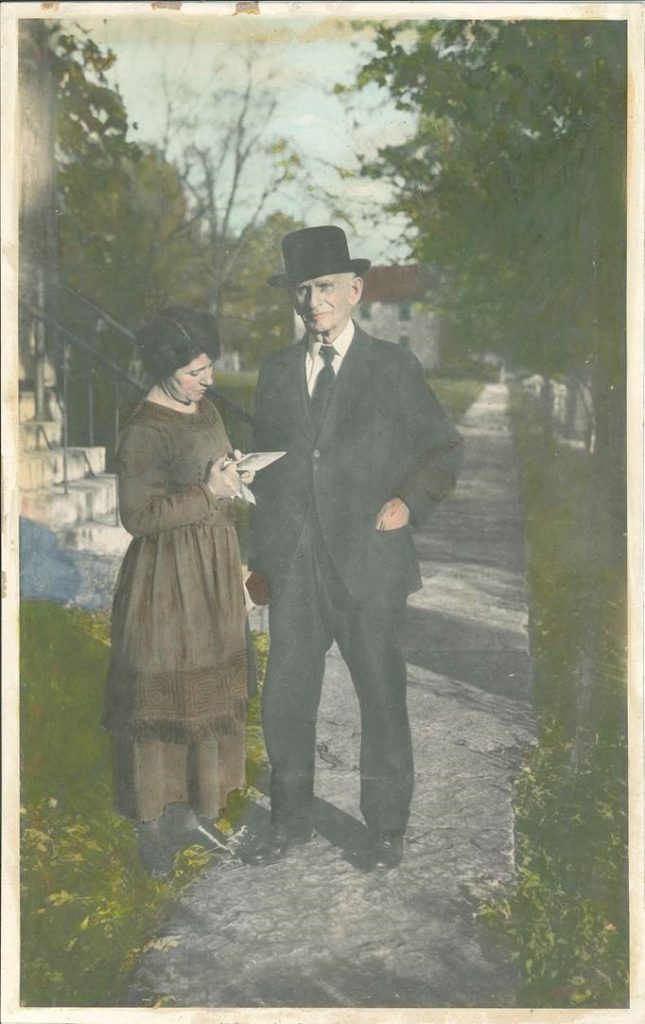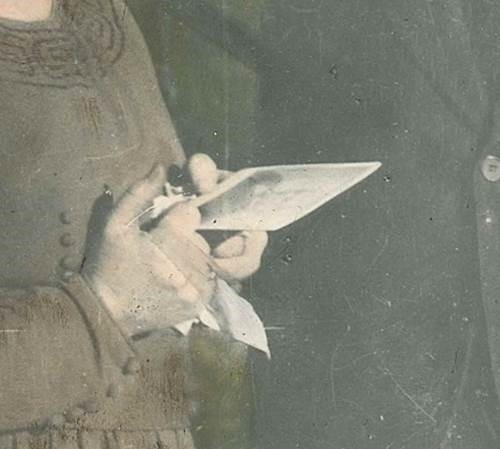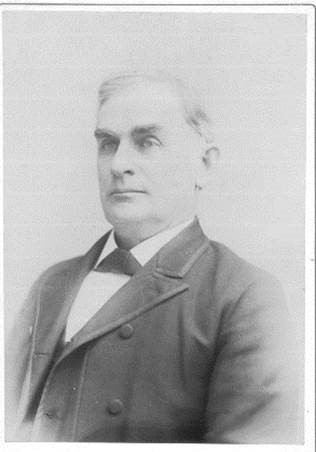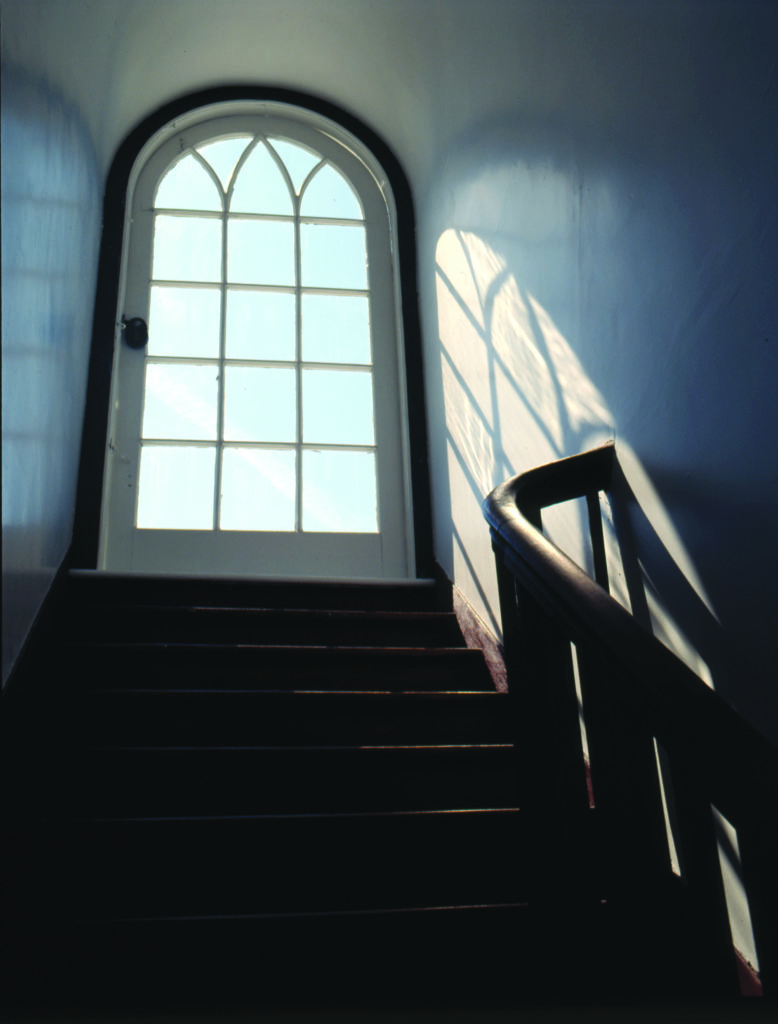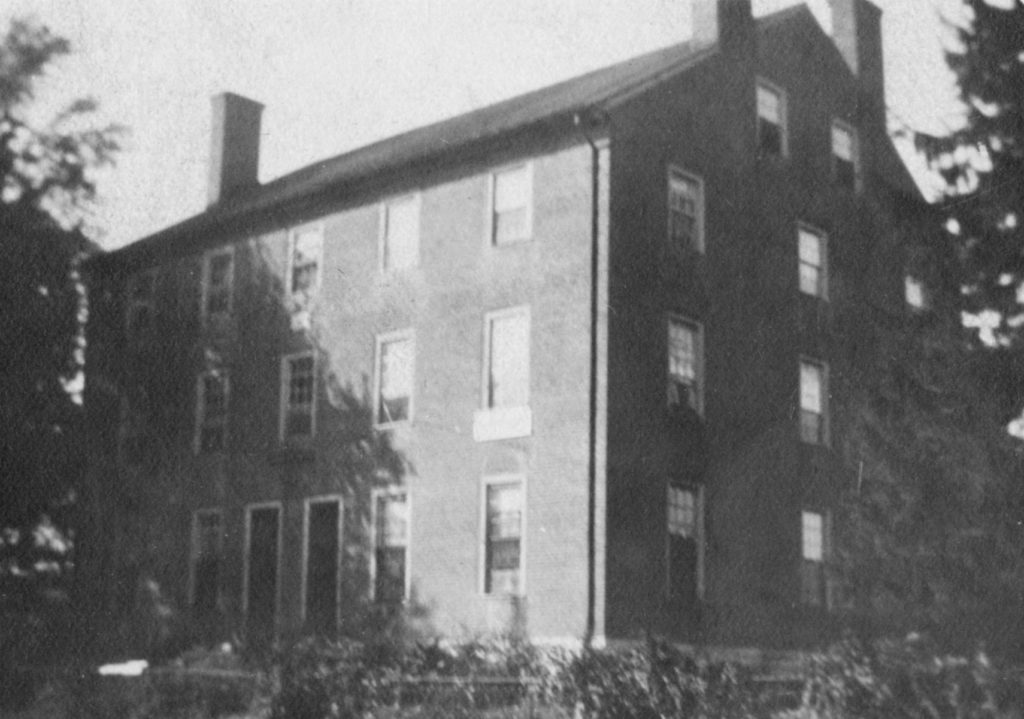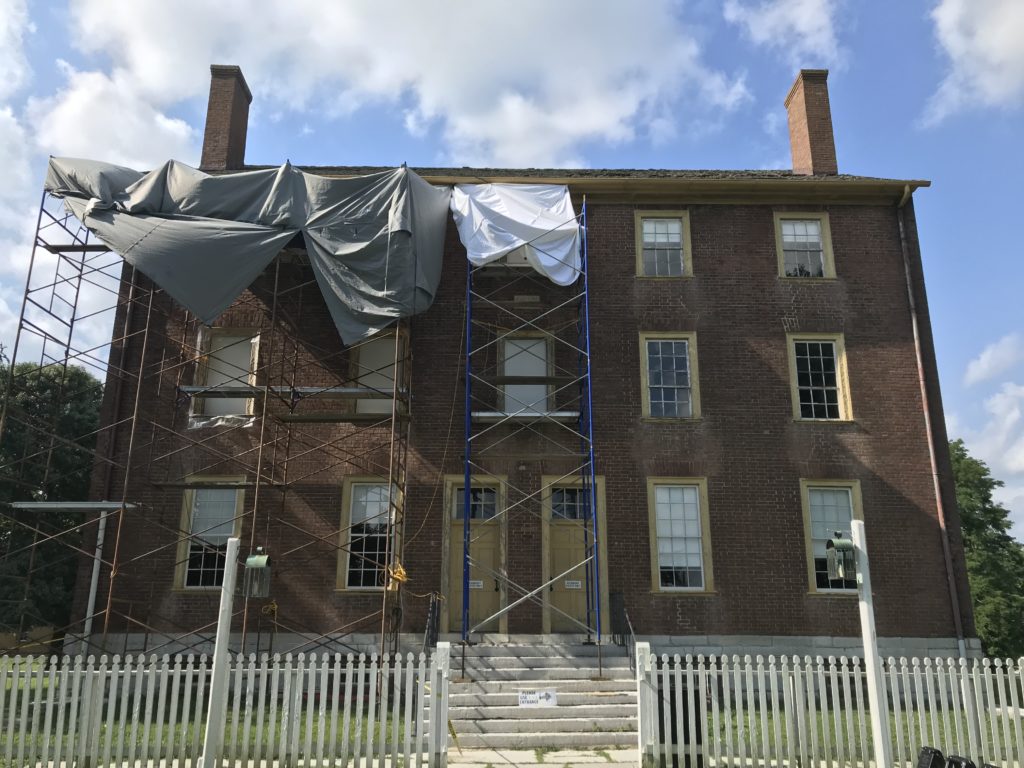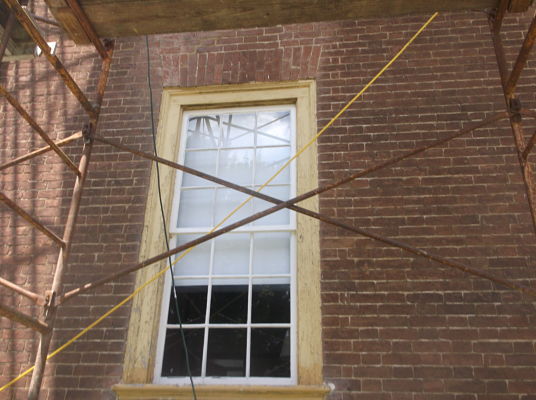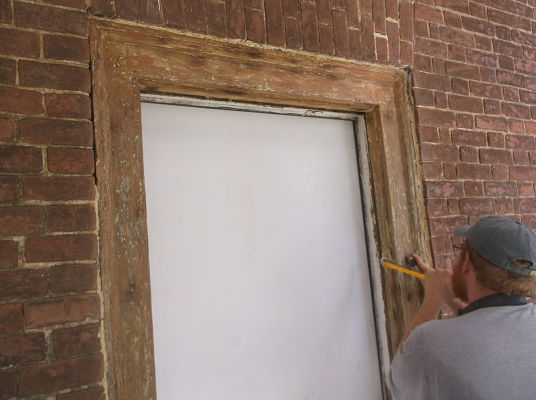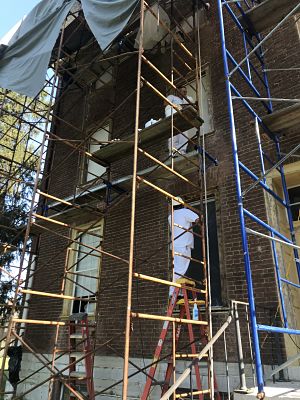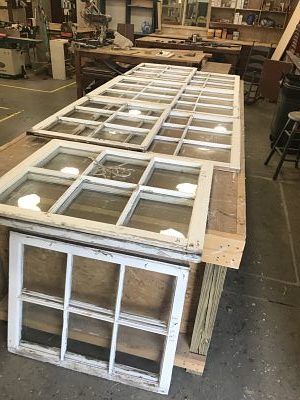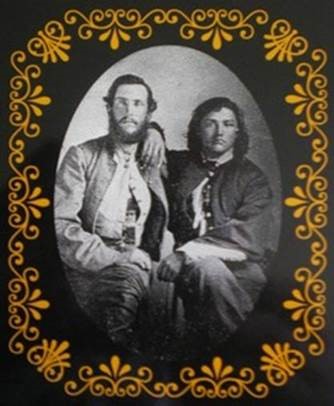Jacob Glover, PhD. Program Manager
“Thousands of holy Angels attended this meeting, with whom was the Prophets Jeremiah, Joel, Ezekiel and others of the prophets and they freely poured out the rich treasures of heaven upon our needy souls…” – Pleasant Hill “Spiritual Journal,” September 9, 1847
“Are there ghosts here? Is Shaker Village Haunted? Come on, I know it’s haunted…”
The question of whether or not the buildings and grounds of Pleasant Hill are “haunted” is a consistent topic of debate bandied about among the out-of-towners, locals, employees and Shaker enthusiasts who frequent Shaker Village. Unsurprisingly, it is something that elicits a strong response from both skeptics and believers, each side convinced the other has on blinders that keep them from seeing the “truth.” So, is Shaker Village haunted? Well, that’s a tougher question to answer than you might initially think…
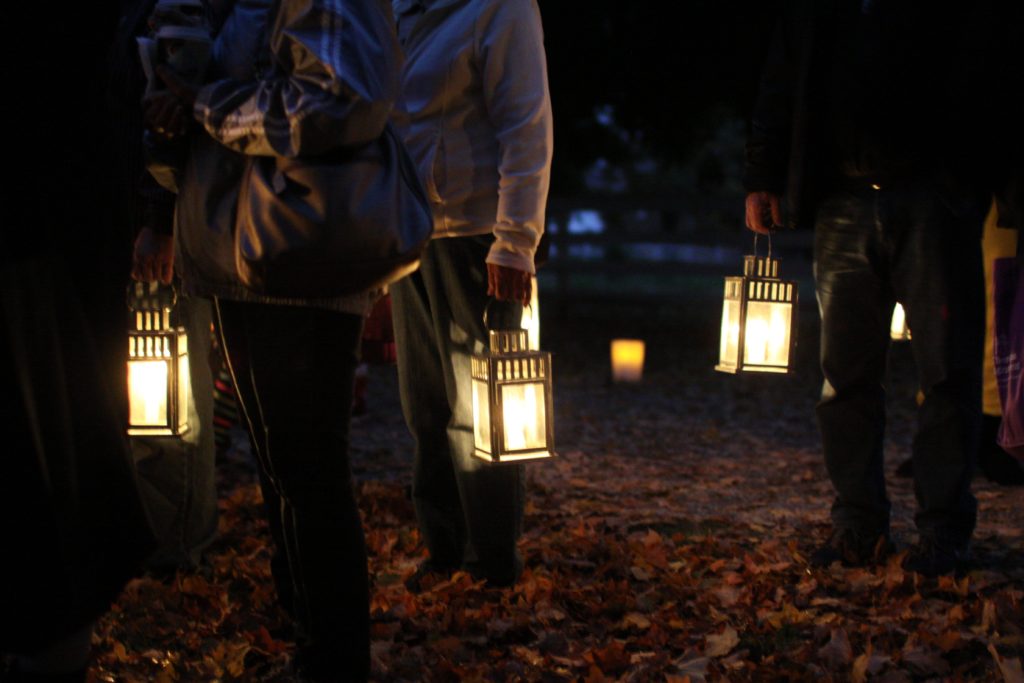
Before we go any further, I should make something abundantly clear: the Spirit Stroll tour is NOT a “ghost tour” or a “haunted tour” of Shaker Village. It is, rather, a family-friendly program that involves a walk down the Turnpike by lantern light. That walk begins at the Trustees’ Office and concludes at the Shaker Cemetery, and along the way we delve into some of the darker and more macabre moments in Pleasant Hill’s history.
For despite its idyllic, rural setting in the 21st century, Pleasant Hill certainly experienced trying episodes during the time of the Shakers. There were accidents and maimings, premature deaths and catastrophic building loss, sickness and debilitation, and even suicides that racked the community. For a people who had set out to create “Heaven on Earth,” these setbacks presented a great deal of consternation and anxiety.
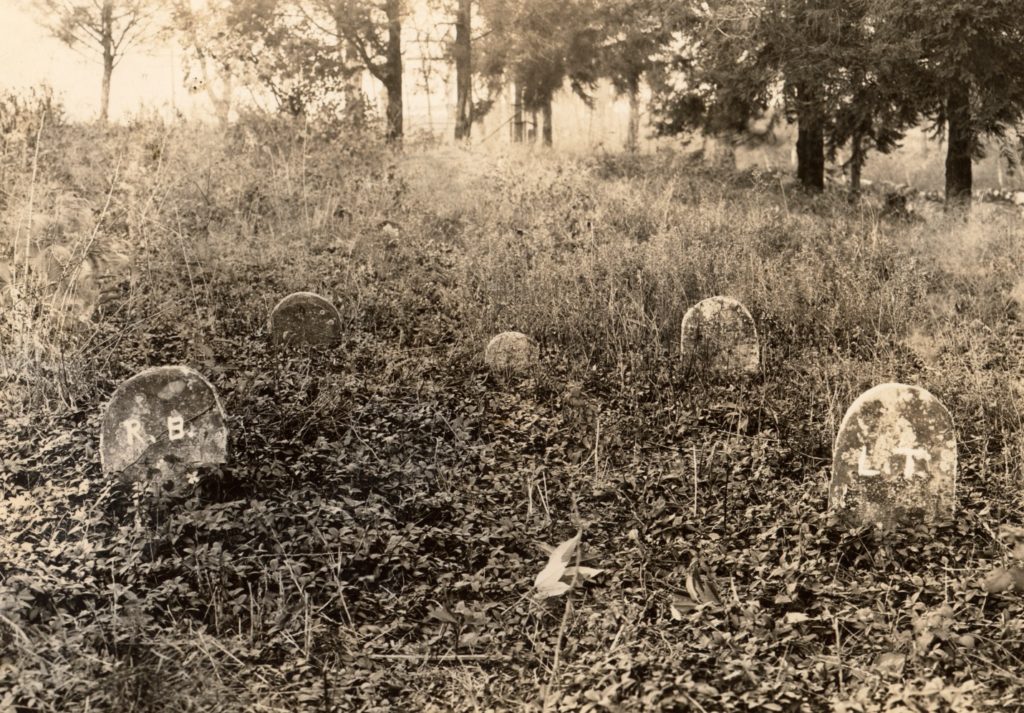
One of the ways the Shakers confronted these difficult situations was through communication with the spiritual world. As the quote that opens this post reminds us, the Shakers were in regular “communication” with spiritual visitors as part of their worship, and these spirits often bestowed encouragement and reassurance to living Shakers to keep up the good fight and persevere through life’s struggles. For the Pleasant Hill Shakers, quite obviously, the spiritual realm was very active for decades and played an important role in their lives.
So, do spirits or “ghosts” still roam around Pleasant Hill? I guess you will have to come and find out for yourself!
Spirit Strolls at Shaker Village of Pleasant Hill begin at 5:30 pm and 7:00 pm on Friday and Saturday nights in September and October, beginning September 6.
